I have learned a lot about photographing dogs in an urban environment. What works well, what doesn’t work, and how to set expectations and deliver a stunning collection of dog photography for every client.
Here are some tips and tricks to successfully photograph dogs in an urban setting!
Urban environments work best for dogs who are comfortable walking on a leash down town, know basic obedience (sit, down, stand), and can hold a wait or stay for at least 3 seconds. Dogs who have not been exposed to urban environments, may be too overwhelmed by the new surroundings, to capture a well rounded collection of photographs.
Urban environments are designed for portraiture work that can be done on leash, while fast action shots are reserved for safer locations that aren’t confined by busy streets.
For safety, all dogs should remain on a 6’ leash, so budgeting in extra editing time for removing the leash, and potentially the dog handler, in photoshop is best.
4. Be able to capture your images quickly! Without flexibility to let the dogs have a mental break to run and play in between locations, will shorten the attention span of the dog. To reserve this attention span, figure out the camera settings and angles BEFORE you have the dog placed in the pose. If adjustments need to be made, release the dog from it’s pose, make the changes needed, then repose the dog to capture the photograph desired.
5. Take extra background shots. Once you have capture the photograph desired - DON’T MOVE! Stay in the same spot as you photographed the image, have the dog and handler move out of the frame, and capture additional images of the location and background. This makes removing the handler and leash MUCH quicker in photoshop by stitching or masking files together.
6. Be familiar with your location. What time is the location the quietest, with the least amount of distractions for the dog. What areas will be in full sun or full shade at the time of your photoshoot? What areas are best for small dogs, big dogs, really well trained dogs, and dogs that are still learning basic training. What colors and textures are available that may compliment the dog’s breed and personality? Does the owner desire a modern look or historical look and feel to their images? Knowing these things will allow you to capture a larger variety of photographs, while keeping the walking to a minimum, and preserving the attention span of the dog.
7. Save creative shots for the end. Ensure your obligated photographed to the client are captured first, then get creative — if the dog still has a healthy attention span and the owner is flexible to continue photographing. I always love to try 2-3 new locations, poses, or camera settings to push myself as an artist. If it doesn’t work out, you have gained knowledge from the efforts, and you have already fulfilled your obligations to that client. If it’s a success, you can add it to your photography routine for future clients!
Knowing the above advice, here is what I pack in my camera bag for dog photoshoots:
Camera body + prime lens (my go-to lenses for dogs are the Sigma Art 50mm f/1.4 and the Sigma Art 135mm f/1.8)
Camera batteries + SD cards
Lens cloth (incase your lens gets slobbered by a happy dog!)
Snake chain slip collar + 3/8” leather dog leash (makes editing out leashes/collars MUCH easier!)
2-3 Different sounding squeakers
A crinkly bag with approved dog treats in it (Never feed a dog without asking the owners permission! The could have allergies or be food aggressive.)
A slobber rag (for the breeds that drool constantly!)
If you are interested in learning more, consider booking a one to one mentorship, where we can spend time photographing dogs together! All mentorships are customized to cover areas of education you are interested in that can include, but are not limited to, photographing dogs in portraits or action, camera equipment and settings, use of locations and natural lighting, editing techniques, client management and optimizing work flow.
MENTORSHIPS
For those passionate about photographing dogs.









